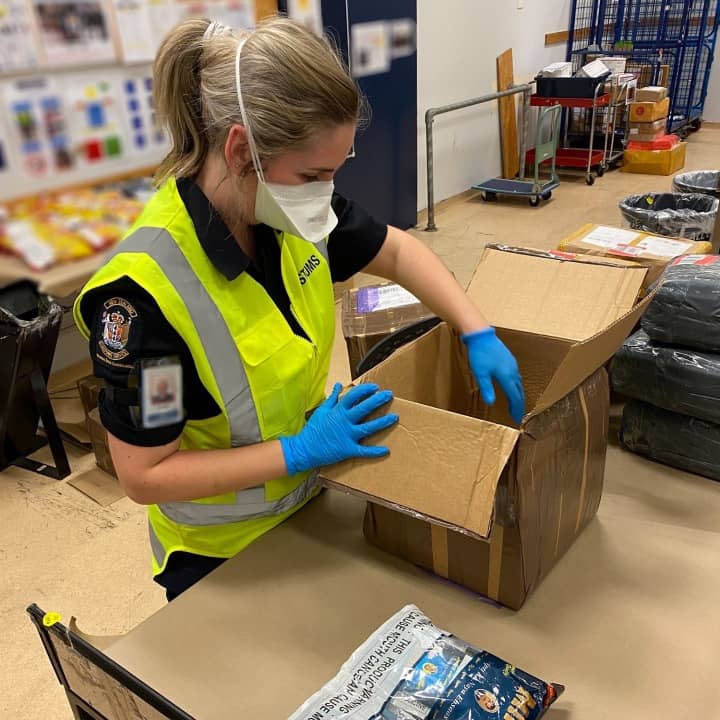
How to Avoid Buying Fake Goods – and What will Happen to It
3-minute read
Fake goods are easily accessible everywhere these days – international travel and online shopping make it easy for people to buy counterfeits and import them. You can be almost certain that Prada in a plastic bag at a night market is unlikely to be the real thing.
Counterfeiting is an organised crime where syndicates work rapidly to manufacture fakes and supply them to an unsuspecting market for maximum profit. This is what enforcement agencies and brand management companies are combating at a global scale.
Customs enforces intellectual property rights (IPR) notices at the border on behalf of over 350 rights holders. What this means is that Customs detains any suspected counterfeits that come in, conducts investigations, and then reports it to the rights holder for action.
Recently, Customs officers from Auckland, Tauranga, and Wellington received rigorous training on how to detect and intercept goods that infringe IPR. That is, finding fakes.
Brand experts presented on over ten top brands including Apple, Chanel, Gucci, Puma, Pandora, NRL, Tiffany & Co, and Luxottica, which manufactures sunglasses such as Ray Ban under licence, sharing tips and tricks to help officers identify fakes at the border.
What’s the big deal?
Fake goods will be of much lower quality as the aim is to make it for as little cost as possible. The fakes are also made to look ‘close to genuine’ – so they can be sold with a ‘genuine’ price tag. Of course, no warranties apply.
Enforcing IPR at the border isn’t just to protect companies that spend a lot of money and effort on research, product design, and use high-quality material. It’s also to protect consumers who, besides being ripped off, could also be buying dangerous products
Many counterfeits have poor safety standards and this can be especially dangerous for electronic goods and cosmetics. Fake phones and other electronics have known to explode and can cause serious harm.
How do we tell the difference?
Barath Reddy from Customs’ IPR team says identifying fakes is a continuous challenge as counterfeiters get better and better at producing them.

“It’s getting almost impossible for consumers to tell the difference based on just physical appearance. Divulging the details also makes matters worse as counterfeiters will also know what we’re looking out for, and change it just as quickly.
“What’s important for people to know is that if the deal looks too good to be true – it probably is. There are some precautions that you can take, such as making sure you always buy from an authorised seller or retail outlet and check on the warrantee.
“If buying online, always ask for written confirmation from the supplier that what you’re buying is authentic and made by an authorised manufacturer,” Barath says.
Besides working closely with Customs, brand enforcers also continually gauge the domestic market to see what’s being sold. Those trading in counterfeit goods are actively investigated and warned and the goods seized, with quite a high success rate.
Last year Customs intercepted around 86,000 counterfeit items – clothes, shoes, hats, and bags to jewellery, phones and accessories, hair-stylers, exercise machines, the list goes on.
Source: NZ Customs
We’d love to answer any of your questions! Contact us now
P.S. Do you know of other people that will find this article useful? Please share it on social media. Thank you!
